Hi,
i have a question , I was reading something about taking picture on snow, and with auto setting the snow will appear grey. the person said meter something neutral then re-compose and shoot.
now what is re-compose and how can i achieve it?
thank you
i have a question , I was reading something about taking picture on snow, and with auto setting the snow will appear grey. the person said meter something neutral then re-compose and shoot.
now what is re-compose and how can i achieve it?
thank you


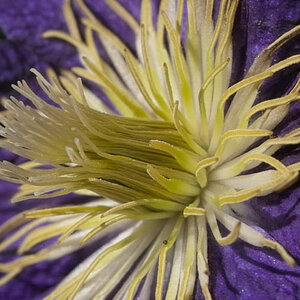
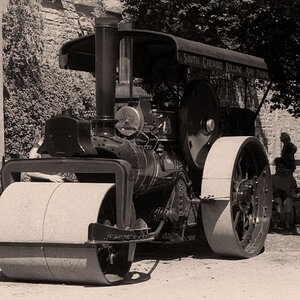
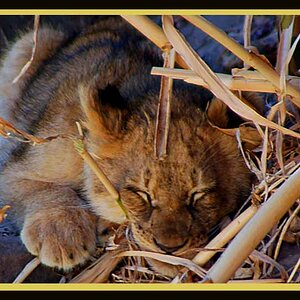


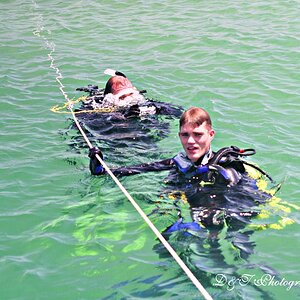
![[No title]](/data/xfmg/thumbnail/37/37604-7ad625e983f92f880eb65a264eeef5e4.jpg?1619738148)
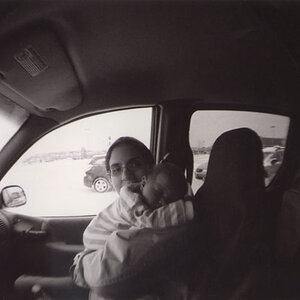

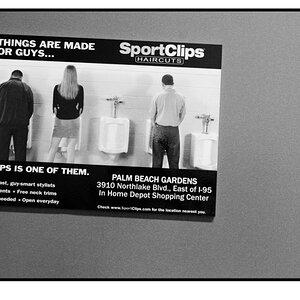
![[No title]](/data/xfmg/thumbnail/39/39185-29433e4f46e4b0bd394d10962886594c.jpg?1619738904)
